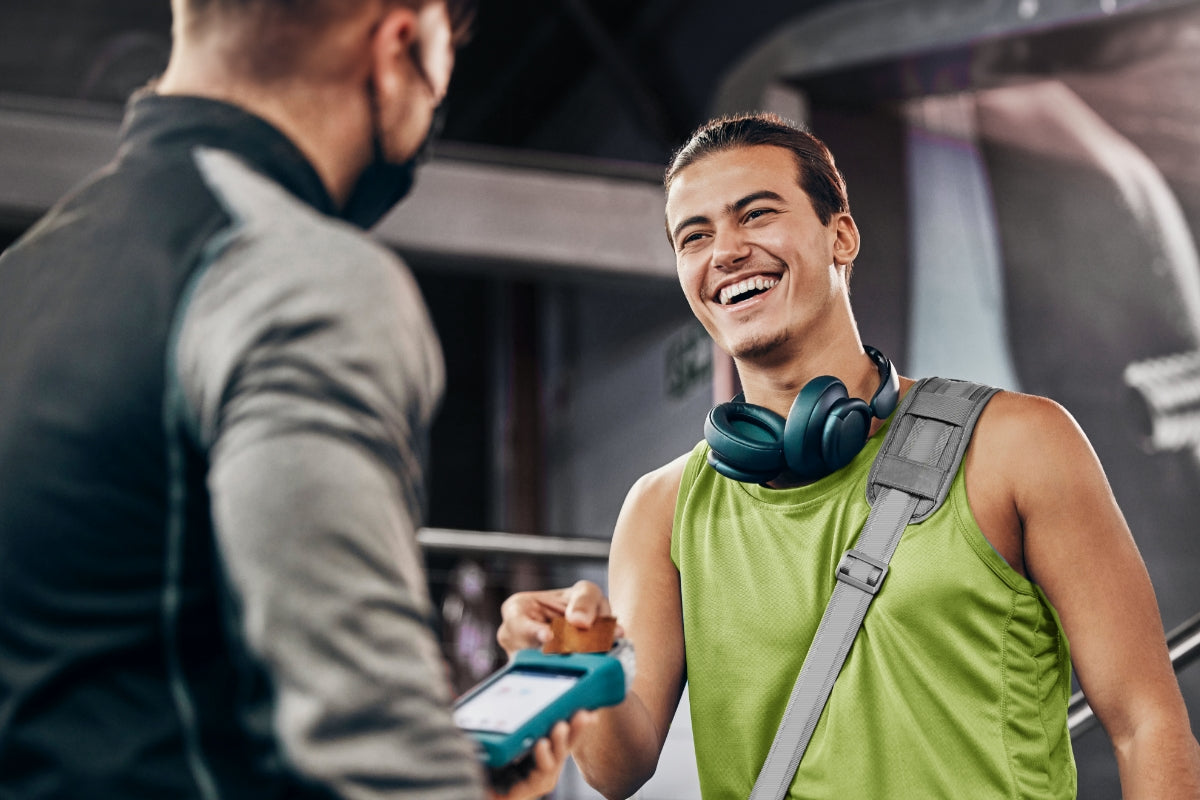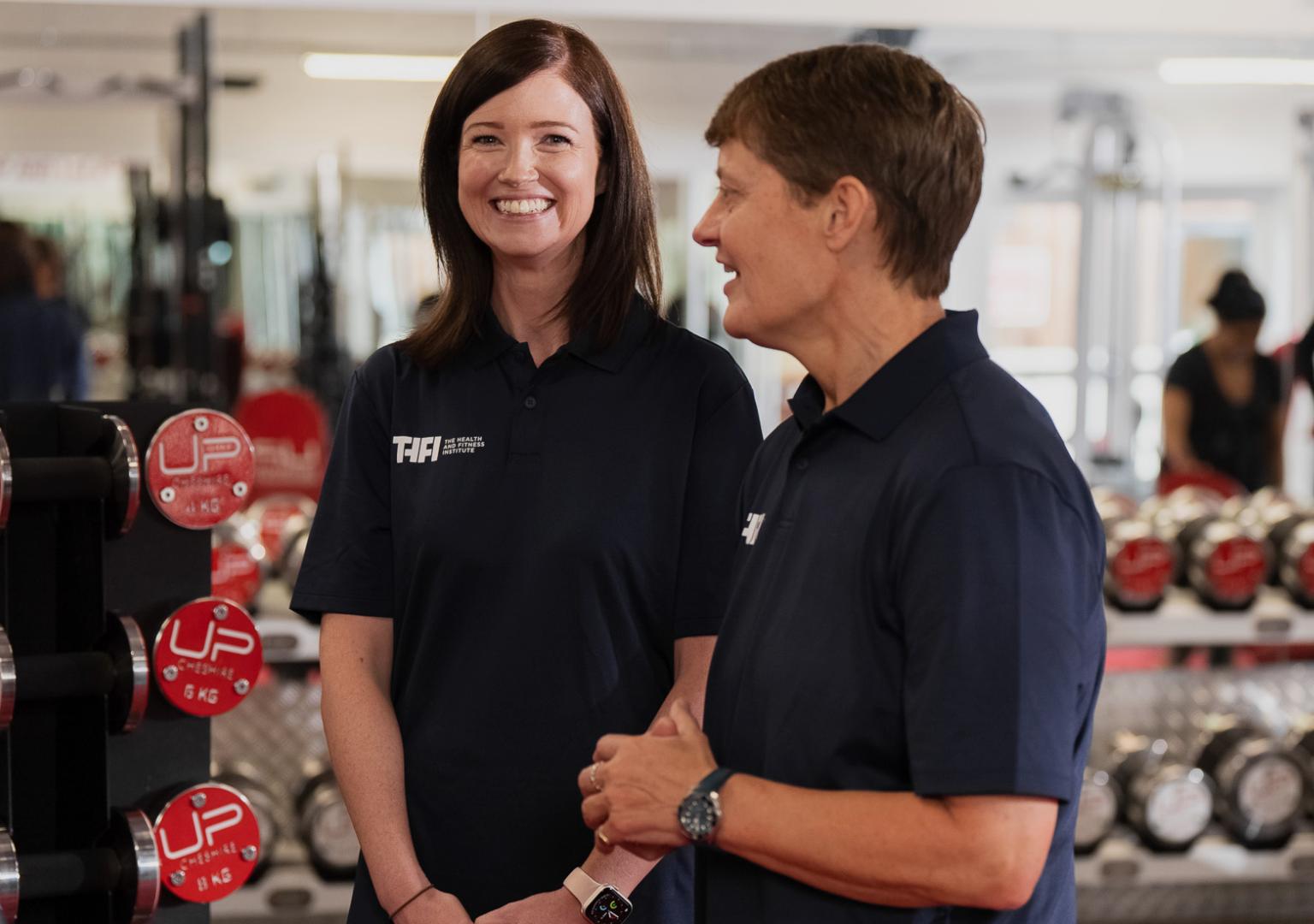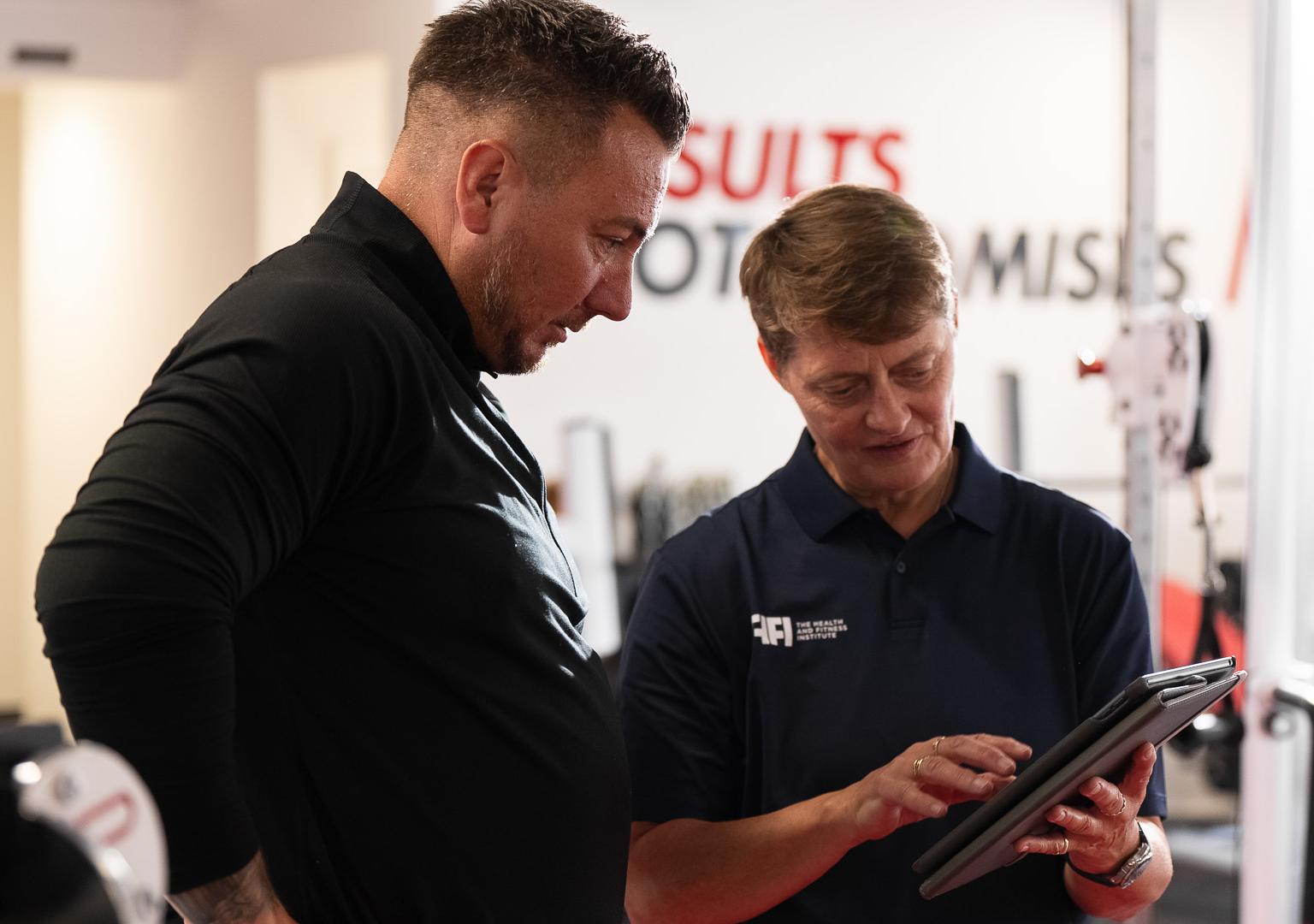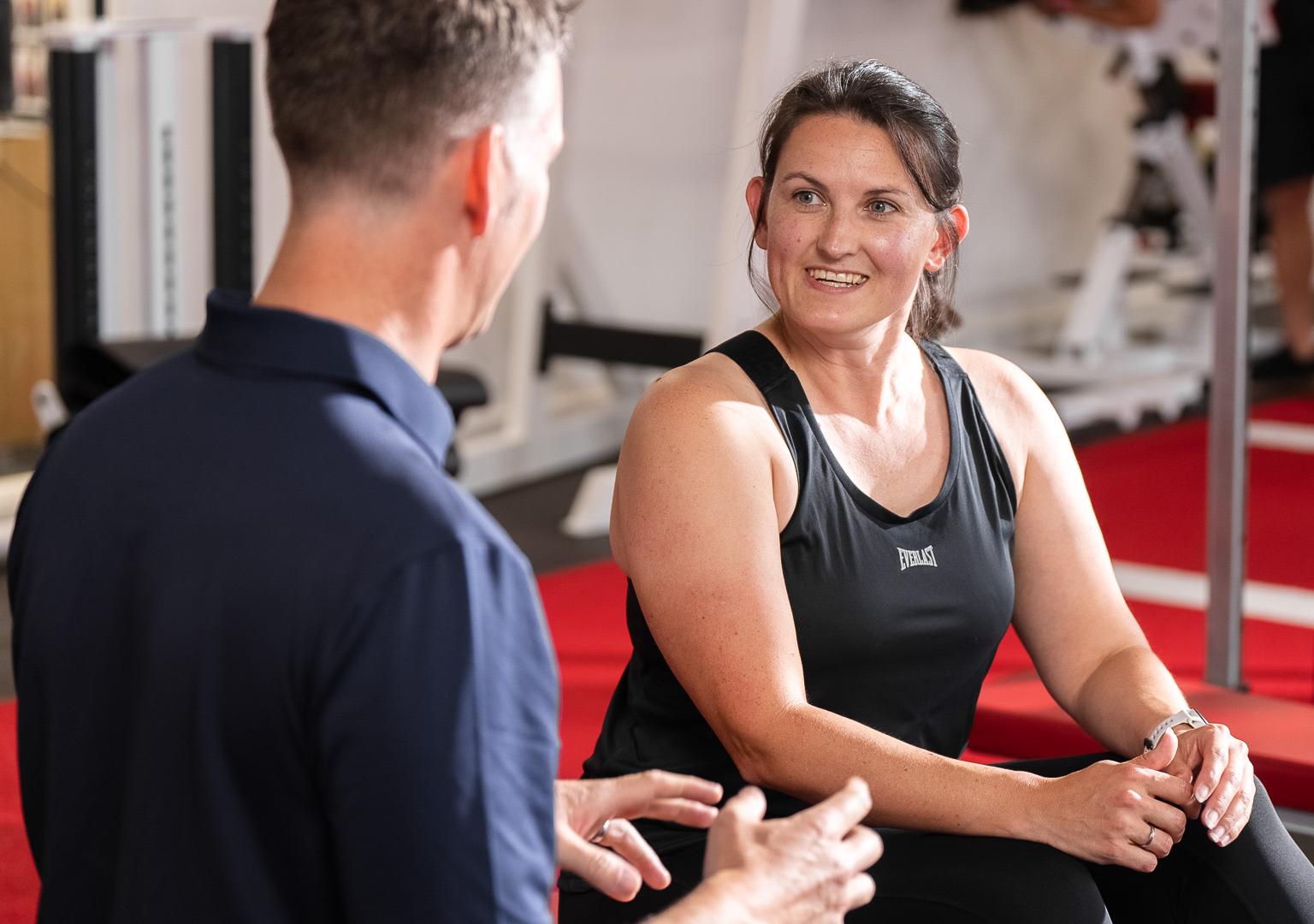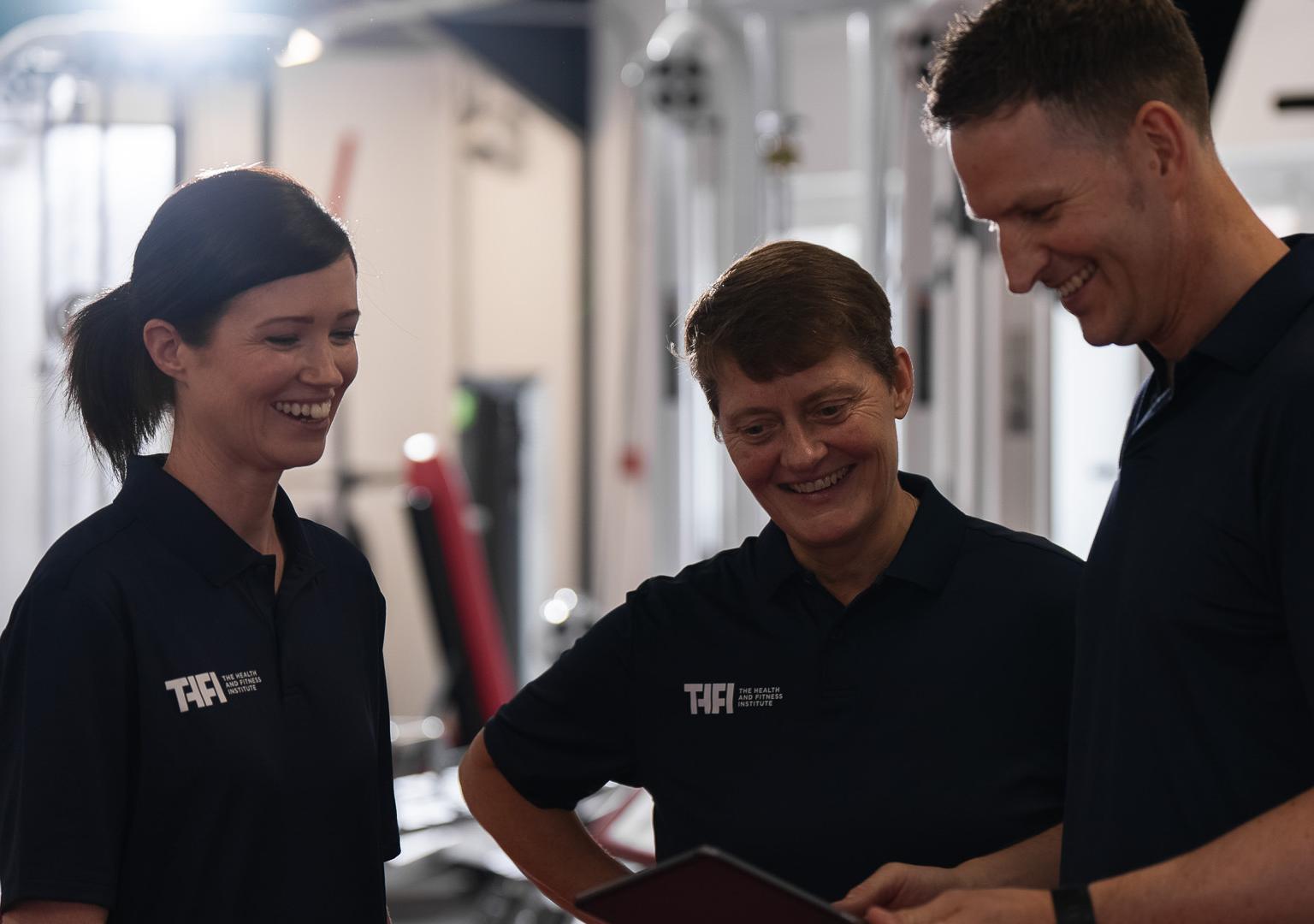10 Creative Ways To Use Everyday Objects In Workouts
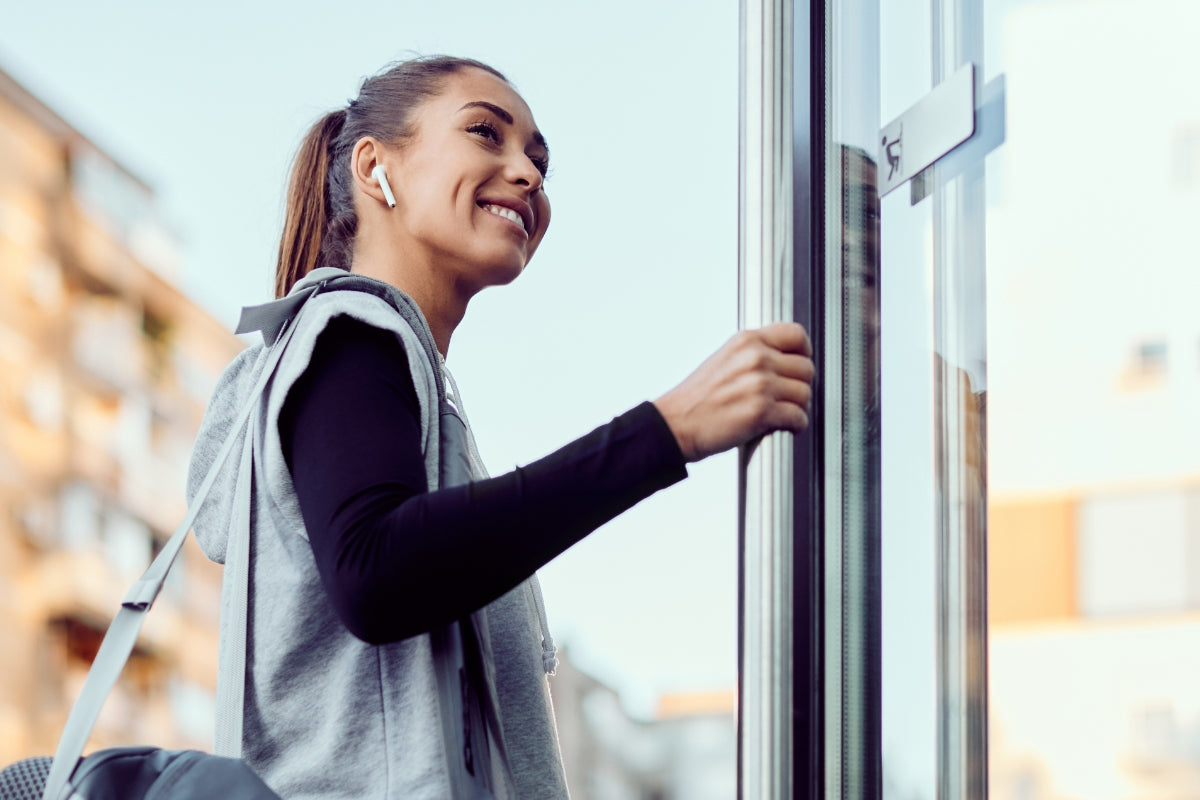
Are you struggling to find new ways to freshen up workout sessions with your clients?
Or maybe you’re just starting out in fitness and you can’t afford to spend thousands of pounds on brand new training kit.
Whatever hurdles you face as a trainer, you can overcome them with the art of improvisation.
There are plenty of everyday objects you can creatively incorporate into your workouts to make training challenging in a way that won’t cost the earth.
This isn’t a new thing either – for centuries, everyone from soldiers and athletes to boxers and strongmen have used improvised training implements to sharpen up their fitness, strength and stamina.
And you can harness this same inventiveness too to deliver high quality workouts that don’t break the bank – whether you do group personal training, circuit training, or bootcamp sessions.
This article is a great starting point to fire your imagination with 10 everyday objects that you can work into your training sessions.
From laundry basket sled pulls to wall sits and weighted back pack lunges, you’ll learn new ways to train your clients and click your mindset into ‘creative’ mode with things you can find around the house...
Why Use Everyday Objects in Workouts?
As a personal trainer, the ability to innovate within your training sessions is not just a skill, it's a necessity in today's competitive fitness market.
People might think using everyday objects in your workouts is just a novelty. But there’s a long history of people improvising – whether it’s Ancient Greek warriors with hand-weights called ‘halteres’, soldiers running with sandbags, or Celts throwing rocks and logs as tests of athleticism which later became the Highland Games.
Getting creative with everyday objects can help you too offer something different in your training programs and workouts for clients...
Cost-Effectiveness
Not every client can afford high-end gym equipment or a home gym setup, and not every personal trainer has the resources to provide state-of-the-art equipment in every session. This is where everyday objects can come into play. By utilising items that your clients already own, you can reduce the need for expensive investments and lower the financial barrier for entry into fitness training.
This approach not only makes your sessions more affordable but also shows potential clients that you are capable of delivering value with minimal resources. Cost can be a significant barrier for many people considering personal training services. By demonstrating that effective workouts don’t require high costs, you attract a broader client base and enhance your appeal as a trainer.
Accessibility
Think about the simplicity and universal availability of items like chairs, towels, and water bottles. These objects are in everyone's home, making it easier for clients to accept and integrate your workouts into their daily lives. The key to consistent fitness progress is regularity, and when clients can use these accessible tools, they’re more likely to stick to their routines, even outside the gym.
Accessibility also opens up opportunities for remote coaching sessions, where you can guide clients through effective workouts via video calls, ensuring they utilise their home equipment. This flexibility not only caters to a wider audience but also adapts to the growing trend of home workouts, especially significant in the post-pandemic era where many prefer exercising at home or a hybrid mix of at-home and in-gym sessions.
Enhancing Creativity
It challenges you to think outside the box when you have to get creative with everyday objects for your workouts.
Thinking up unique exercise variations in this way can really refresh and revitalise a routine workout.
This kind of creativity doesn’t go unnoticed either; clients appreciate the novelty and personalised touch, making sessions more enjoyable and engaging.
Here are some ways to get creative as a starting point...
10 Creative Workout Enhancements Using Everyday Objects
Incorporating everyday objects into workout routines not only injects creativity but also makes fitness accessible and engaging.
Let's explore how you can utilise simple items like chairs, towels, and backpacks to elevate your clients' workout experiences.
1. Chairs – Strength and Stability Exercises
Chairs are an excellent tool for both beginners and advanced clients, offering a range of exercises that enhance strength and stability. Here are a few ideas:
Chair Squats: Stand in front of a chair and perform squats by lowering down until your buttocks just touch the chair, then stand up. Like a Box Squat, this is great for teaching proper squat form and depth.
Step-Ups: Use the chair to perform step-ups. This exercise increases leg strength and balance. Alternate legs to maintain balance and symmetry in muscle development. When they master the technique, you can begin to load this exercise to achieve progressive overload.
Tricep Dips: With their hands on the seat and feet extended forward, clients can perform tricep dips, which are excellent for building upper body strength. Again, these can easily be loaded progressively to keep the exercise challenging.
2. Towels – Resistance and Flexibility Training
Towels are not just for wiping sweat; they can be transformed into tools for resistance and flexibility training. Consider these exercises:
Towel Pull-Apart: Holding a towel taut with both hands, pull outward to engage the upper back and shoulders. This is a great way to build strength in the upper body.
Leg Curls: Lying on the stomach and placing a rolled towel under the ankles, clients can curl the legs towards the glutes, which strengthens the hamstrings.
Hamstring Stretch: While seated, extend one leg and wrap the towel over the foot. Gently pull the towel towards you to stretch the hamstring, improving flexibility.
Pull Ups: Hook a towel over a beam or a bar, and hold either end. Then perform a pull-up. It’s great for building strength in your back and upper body, while also improving grip strength.
3. Backpacks – Weight Training
Backpacks can be easily turned into weighted vests for added resistance, making them a versatile tool for strength training. Here’s how you can utilise them:
Weighted Walks or Runs: Fill a backpack with books or water bottles to create a weighted vest. Have clients wear the backpack during walks or runs to increase cardiovascular and muscular endurance. When it becomes easier, increase the weight.
Squats and Lunges: Perform squats and lunges while wearing the backpack to add resistance and increase lower body strength. Again, increase the resistance by adding more weights into the bag.
Push-Ups: Wearing a backpack during push-ups can intensify the exercise, promoting good upper-body strength.
4. Stairs – Cardio and Strength Workouts
Staircases are not just architectural features; they are excellent tools for a comprehensive cardio and strength workout. Using stairs can dramatically increase the intensity of workouts, enhancing cardiovascular health and building muscle strength. Here are effective ways to incorporate stairs into your sessions:
Stair Running: Have clients run up the stairs as quickly as they can and walk down to recover. This is an excellent high-intensity interval training (HIIT) exercise that boosts heart rate and burns calories.
Step-Ups: Use a single step for step-up exercises to target the quads, hamstrings, and glutes. Alternating legs can help improve balance and symmetry in muscle development.
Stair Push-Ups: Place hands on a step while extending the body into a plank position for a push-up. This variation can help beginners manage their body weight more easily and is also beneficial for targeting the upper chest and shoulders.
5. Water Bottles – Hand Weights
Water bottles can be used as makeshift hand weights, offering a flexible and convenient option for resistance training smaller muscle groups. They are perfect for improving muscle strength without the need for expensive equipment. Here’s how to incorporate them:
Biceps Curls: Fill water bottles to the desired weight, and use them for bicep curls. This exercise targets the arm muscles and can be easily adjusted in weight.
Shoulder Presses: Perform shoulder presses with water bottles while either seated or standing to strengthen the deltoids and triceps.
Side Lateral Raises: Hold a water bottle in each hand and perform lateral raises to target the shoulder muscles. Slower rep tempo and pauses can make the exercise more challenging.
6. Walls – Bodyweight Exercises
Walls are common features that can be effectively utilised for strength training, especially for building core and lower body strength. Here are some exercises that utilise a wall:
Wall Sits: Have your client slide down a wall until their thighs are parallel to the ground, creating a right angle at the knees. This position should be held to fatigue, challenging the thighs, hips, and lower back. This can be loaded placing weights on the flat of the upper thighs to increase the difficulty of the exercise.
Wall Push-Ups: Facing the wall, place hands on the wall at shoulder width and perform a push-up. This variation is excellent for beginners or those with limited upper body strength.
Vertical Leg Raises: With the back against the wall, lift the legs up to the chest to engage the core muscles intensely.
7. Heavy-Duty Laundry Basket – Modified Strongman
You can use a durable laundry basket as a weighted sled for various modified strongman exercises. They are great metabolic conditioning ‘finishers’ for your workout which are a fun and challenging way to engage the legs, core, and arms while increasing energy expenditure.
Place some heavy items like rocks, weights, or sandbags into a laundry basket and attach a strong rope to one end. This can then be used for various pull and push exercises:
Sled Drags: With both hands behind your back and facing forwards, grip the rope and pull the weighted laundry basket behind you while walking forward over a set distance. This exercise targets the lower body, particularly the hamstrings, glutes, and calves. It also engages the core and helps build endurance.
Sled Pulls (Walking Backwards): With both hands in front of you grip the rope and pull the weighted laundry basket by walking backwards over a set distance. This exercise targets the quadriceps, calves, and anterior tibialis muscles, as well as the core. This variation adds an element of balance and coordination as you pull the load in reverse.
Arm Over Arm Rope Pulls: Sit or stand at a distance from the basket with the rope fully extended. Grasp the rope with both hands and pull the basket towards you using an arm-over-arm motion. Keep your back straight and engage your core to stabilise your body during the exercise. It’s excellent for upper body strength, particularly targeting the back, shoulders, and arms. It also improves grip strength and overall upper-body endurance.
8. Rope – Agility and Cardio
A rope, whether it’s a jump rope or a length of sturdy rope, is an excellent tool for developing agility and improving cardiovascular health. Rope exercises are fun and highly effective for burning calories and enhancing coordination. Here are some dynamic ways to use a rope in your training sessions:
Jump Rope: Classic jump roping is an outstanding cardiovascular workout that improves timing, coordination, and stamina. It’s also highly effective for burning calories and can be incorporated into HIIT sessions for varied intensity.
Rope Slams: Using a heavier rope, clients can perform rope slams, which are great for building power and releasing stress. This exercise engages the arms, shoulders, back, and core, providing a full-body workout.
Agility Drills: Lay the rope in straight lines or patterns on the ground to create boundaries for agility drills, such as lateral shuffles or forward-and-back hops. This type of training improves foot speed, coordination, and spatial awareness.
9. Cushions – Core Strengthening and Stability
Cushions can be an effective tool for core strengthening and enhancing stability. The instability created by the soft surface of a cushion forces the core muscles to engage more intensely, which is excellent for building a stronger, more stable midsection. Here’s how to integrate cushions into core workouts:
Cushion Planks: Have clients perform a plank with their forearms or hands on a cushion. The instability challenges their core to maintain balance, significantly increasing the difficulty of this fundamental exercise.
Seated Balance: Clients can sit on a cushion and lift their feet off the ground to perform a seated balance hold. This exercise not only targets the core but also improves lower back strength and overall stability.
Cushion Squats: Standing with both feet on a cushion while performing squats will challenge the leg muscles and core simultaneously. The unstable surface increases the need for balance and core engagement throughout the exercise.
Using cushions in these ways helps improve core strength and stability, making everyday movements easier and reducing the risk of injury.
10. Broomstick – Flexibility and Mobility
A broomstick, often overlooked as just a cleaning tool, but it can be useful for improving flexibility and mobility. It offers a way to perform stretching and strengthening exercises that enhance overall range of motion. Here are some effective broomstick exercises:
Overhead Squat: Holding a broomstick overhead with wide arms, clients can perform squats. This exercise helps with improving shoulder flexibility and the depth of the squat, while also engaging the core and lower body.
Broomstick Twists: Sitting or standing, clients can hold the broomstick with both hands in front of them and rotate their torso from side to side. This movement stretches the spine and helps improve rotational mobility.
Shoulder Pass-Throughs: Holding the broomstick with a wide grip, clients can pass it over their head and down behind their back, and then bring it back over. This exercise is excellent for increasing shoulder mobility and reducing stiffness.


